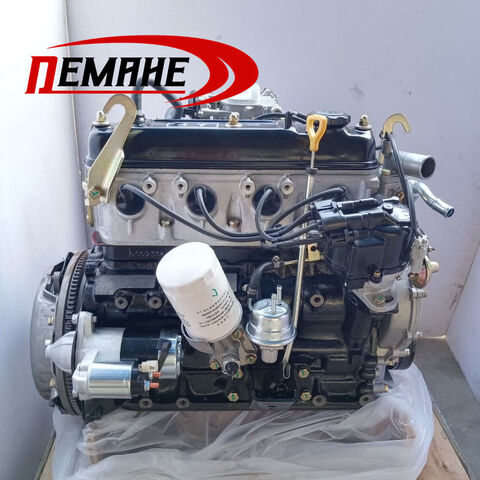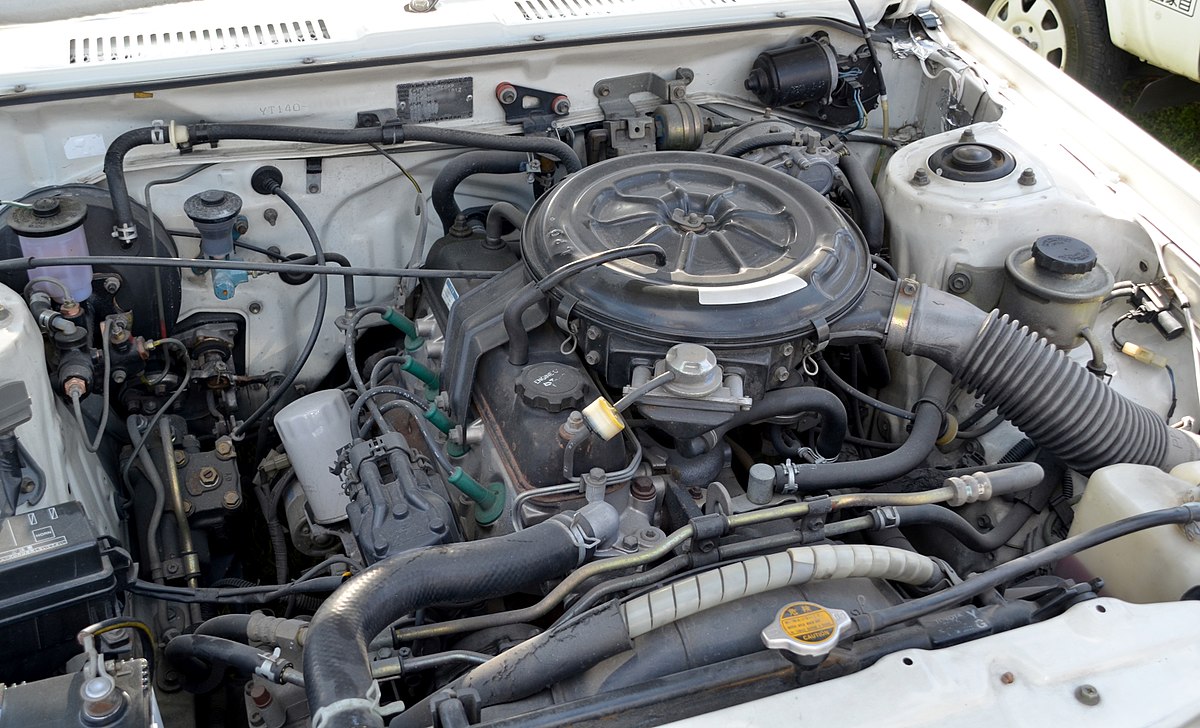Everything You Need to Know About the 4Y Engine and Its Performance
Everything You Need to Know About the 4Y Engine and Its Performance
Blog Article
Checking Out the Different Sorts Of Engine: Which One Fits Your Demands?
Internal burning engines proceed to dominate due to their dependability, while electrical engines are acquiring grip for their sustainability. Crossbreed engines provide a versatile compromise, and diesel engines stand out for their power in demanding applications.

Interior Combustion Engines
Interior combustion engines (ICEs) are the foundation of contemporary transportation, powering a vast array of vehicles from automobiles to planes. These engines run on the concept of converting gas into power through a series of controlled explosions within a burning chamber. The most typical kinds of ICEs include gas engines, diesel engines, and rotary engines, each created to meet certain performance and effectiveness requirements.
Fuel engines commonly make use of trigger ignition, while diesel motor rely upon compression ignition, causing distinct differences in fuel performance and power output (4y engine). Rotating engines, or Wankel engines, use a small design and smooth operation, but are much less generally made use of in mainstream applications
ICEs have undergone significant developments in innovation, consisting of the intro of turbocharging and gas injection systems, which enhance general effectiveness and performance. In spite of their performance renovations, ICEs deal with increasing examination due to their environmental effect, particularly concerning greenhouse gas emissions.
Electric Engines
As problems regarding ecological sustainability and nonrenewable fuel source reliance expand, electrical engines have actually become a compelling option to inner combustion engines. These engines utilize electric motors powered by batteries or gas cells, supplying a cleaner and more effective motive powers.
One of the main advantages of electric engines is their decreased emissions. Unlike standard engines that shed nonrenewable fuel sources, electrical engines generate zero tailpipe discharges, dramatically decreasing air pollution and adding to improved public health. In addition, the efficiency of electrical motors typically exceeds that of inner burning engines, converting a better percentage of power from the power resource into useful power for movement.
Electric engines are additionally significant for their quiet procedure, making them suitable for urban atmospheres. 4y engine. The simplicity of their design causes fewer relocating components, which can cause minimized maintenance prices and raised dependability gradually
Nevertheless, difficulties remain, consisting of battery production effects, billing framework, and variety constraints. Regardless of these hurdles, the growing investment in electrical car technology and renewable resource resources points toward an encouraging future for electrical engines, placed to play an essential role in the shift toward sustainable transportation.
Crossbreed Engines
Blending the benefits of both electrical and standard inner burning engines, hybrid engines represent a flexible solution in the pursuit for effective and sustainable transportation. These engines integrate a gasoline or diesel motor with an electrical motor, enabling enhanced gas efficiency and lowered emissions compared to traditional vehicles.
Crossbreed engines run in several modes, utilizing the electric motor for low-speed driving and the internal burning engine for higher rates or when more power is needed. This vibrant operation not just improves fuel economy but additionally adds to a smoother driving experience. Regenerative stopping is one more critical attribute, recording energy usually lost during braking and rerouting it to charge the battery.

As consumers increasingly focus on eco-friendliness, crossbreed engines attract attention as a sensible option, using an efficient equilibrium of efficiency, efficiency, and environmental duty. This flexibility makes them ideal for urban commuting and long-distance traveling alike.
Diesel Motor
Efficiency and power are hallmarks of diesel engines, which have long been favored for their toughness and fuel economy. These engines operate on the concept of compression ignition, where air is pressed to a heat before gas is injected, igniting it without the need for trigger plugs. This procedure makes it possible for diesel engines to achieve higher thermal effectiveness compared to fuel engines, equating right into better fuel mileage and lower co2 discharges.
Diesel engines are especially appropriate for durable applications such as trucks, buses, and commercial machinery, where torque and toughness are paramount. Their layout commonly includes stronger components to hold up against the greater stress created during operation, causing longer service life and minimized maintenance prices.

Alternate Fuel Engines
While diesel engines have long controlled the landscape of durable source of power, alternate fuel engines are gaining traction as practical alternatives for an extra sustainable future. These engines use a variety of fuels, such as compressed gas (CNG), ethanol, lp, and hydrogen, intending to decrease greenhouse gas emissions and dependence on fossil gas.
One significant advantage of different gas engines is their potential Your Domain Name to lower carbon impacts. CNG engines discharge less toxins compared to traditional diesel engines, making them suitable for metropolitan transit systems and fleets looking for to improve air high quality. Ethanol, originated from biomass, not just lowers discharges yet additionally supports agricultural economic situations.
Hydrogen fuel cells stand for a cutting-edge development in this world, providing zero-emission power with a chain reaction between hydrogen and oxygen. Nonetheless, obstacles such as framework development and production look at here now costs continue to be obstacles to extensive fostering - 4y engine.
Conclusion
Interior burning engines provide dependability, while electrical engines prioritize sustainability and decreased maintenance. Hybrid engines incorporate the advantages of both, enhancing performance, whereas diesel engines supply superior power and torque for heavy-duty applications.
Hybrid engines provide a functional compromise, and diesel engines stand out for their power in demanding applications. The most typical kinds of ICEs consist of fuel engines, diesel engines, and rotary engines, each created to fulfill specific efficiency and performance needs.
Unlike conventional engines that shed fossil fuels, electric engines produce zero tailpipe exhausts, substantially lowering air contamination and contributing to enhanced public health.Hybrid engines run in a number of settings, using the electric motor for low-speed driving and the interior burning engine for higher rates or when even more power is needed. Hybrid engines integrate the benefits of both, enhancing efficiency, whereas diesel engines offer remarkable power and torque for durable applications.
Report this page